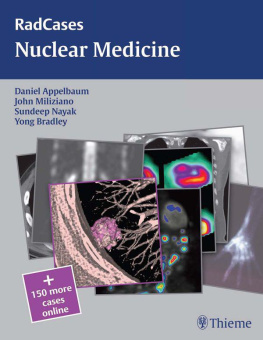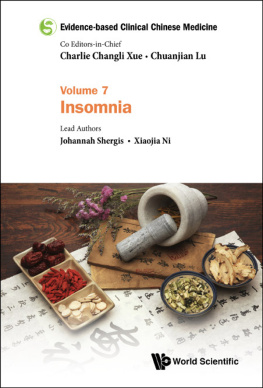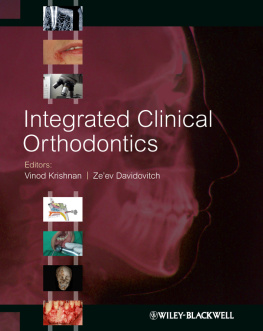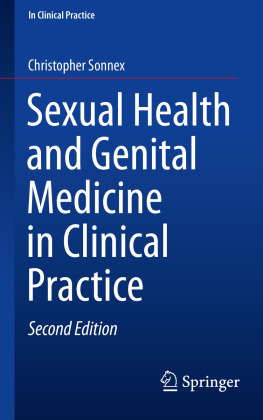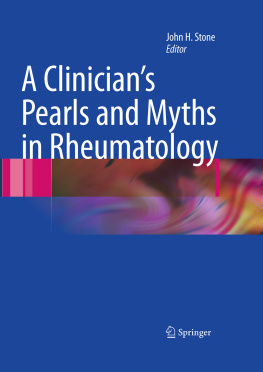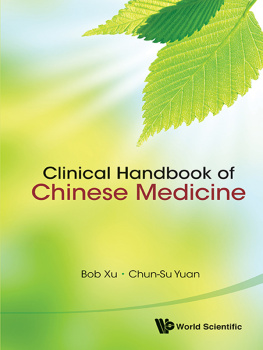On Rounds:
1000 Internal
Medicine Pearls
Clinical Aphorisms and Related Pathophysiology
Lewis Landsberg, MD
Irving S. Cutter Professor
Dean Emeritus
Northwestern University
Feinberg School of Medicine
Chicago, IL

Executive Editor: Rebecca Gaertner
Senior Product Development Editor: Kristina Oberle
Production Project Manager: Bridgett Dougherty
Marketing Manager: Stephanie Kindlick
Design Coordinator: Joan Wendt
Senior Manufacturing Coordinator: Beth Welsh
Prepress Vendor: Aptara, Inc.
Copyright 2016 by Wolters Kluwer Health
All rights reserved. This book is protected by copyright. No part of this book may be reproduced or transmitted in any form or by any means, including as photocopies or scanned-in or other electronic copies, or utilized by any information storage and retrieval system without written permission from the copyright owner, except for brief quotations embodied in critical articles and reviews. Materials appearing in this book prepared by individuals as part of their official duties as U.S. government employees are not covered by the above-mentioned copyright. To request permission, please contact Wolters Kluwer at Two Commerce Square, 2001 Market Street, Philadelphia, PA 19103, via email at (products and services).
9 8 7 6 5 4 3 2 1
Printed in China
978-1-49632-221-0
Library of Congress Cataloging-in-Publication Data
available upon request
This work is provided as is, and the publisher disclaims any and all warranties, express or implied, including any warranties as to accuracy, comprehensiveness, or currency of the content of this work.
This work is no substitute for individual patient assessment based upon healthcare professionals examination of each patient and consideration of, among other things, age, weight, gender, current or prior medical conditions, medication history, laboratory data and other factors unique to the patient. The publisher does not provide medical advice or guidance and this work is merely a reference tool. Healthcare professionals, and not the publisher, are solely responsible for the use of this work including all medical judgments and for any resulting diagnosis and treatments.
Given continuous, rapid advances in medical science and health information, independent professional verification of medical diagnoses, indications, appropriate pharmaceutical selections and dosages, and treatment options should be made and healthcare professionals should consult a variety of sources. When prescribing medication, healthcare professionals are advised to consult the product information sheet (the manufacturers package insert) accompanying each drug to verify, among other things, conditions of use, warnings and side effects and identify any changes in dosage schedule or contraindications, particularly if the medication to be administered is new, infrequently used or has a narrow therapeutic range. To the maximum extent permitted under applicable law, no responsibility is assumed by the publisher for any injury and/or damage to persons or property, as a matter of products liability, negligence law or otherwise, or from any reference to or use by any person of this work.
LWW.com
Dedication
To my wife Jill, without whom this book would not have been written; to my students, residents, and young colleagues at Yale, Harvard, and Northwestern who have taught me more than they could ever imagine; and to my intern group at Yale, whose friendship has been a lifelong treasure.
ACKNOWLEDGMENTS
O f the many mentors who have shaped my career I would like to specifically acknowledge Paul B. Beeson, Franklin H. Epstein, Philip K. Bondy, Eugene Braunwald, and Julius Axelrod. Each of these men served as a beacon, a shining example of the clinician/scientist that I have strived, imperfectly, to emulate.
I thank Ms. Linda Carey for her skillful assistance and meticulous attention to detail in the preparation of this manuscript and for her unfailing good cheer.
Special thanks to Ms. Rebecca Gaertner at LWW for her encouragement and sound advice that contributed importantly to the final form of this book. And special thanks as well to Ms. Kristina Oberle at LWW for her expert editorial assistance and excellent taste in formatting the manuscript. Having said that, I alone bear responsibility for any errors that found their way into this book.
Finally, I thank my daughter Alison, for invaluable advice about academic publishing, and my son Judd for many fruitful discussions about congestive heart failure, extracellular fluid balance, and pulmonary function, and both of them and their spouses for Eli, Leah, Maya, Lucas, and Jonah.
PREFACE
T his monograph is a compilation of aphorisms that I have found useful in almost half a century of clinical experience in internal medicine. They are the distillation of my interest in the clinical manifestations and the pathophysiology of disease. In many instances the aphorisms are derived from my own clinical observations; in some cases they reflect the experience and wisdom of others that I have come to appreciate and value over the years. In every case the aphorisms cited here, which I refer to by the time-honored designation as pearls, have met the test of veracity and usefulness in my own clinical experience.
While no pearl is applicable one hundred percent of the time, I believe, nonetheless, that the ready recall of pithy statements of fact are useful aids to prompt diagnosis and treatment. Clinical medicine is filled with uncertainty, and pearls, these nuggets of accumulated wisdom, frequently simplify complicated situations and are therefore useful to both physicians in training and physicians in practice. In one sense these aphorisms represent the information store that experienced clinicians can readily bring to bear on a clinical problem. A large repertory of facts is a distinguishing feature of master clinicians, and an important resource of highly regarded clinical teachers.
The pearls, indicated in bold face, are organized by organ systems for ease of reference. There is no attempt for the coverage to be comprehensive. This is not a textbook of medicine. The content reflects my own interests and experience. I have paid particular attention to those areas that, in my experience, have been a source of confusion for students and trainees.
I have also presented relevant physiology where knowledge of the underlying mechanisms improves understanding of disease pathogenesis and aids in retention of the pearls. Integrative physiology is less well taught now than previously and I believe some of the material presented here may address that deficiency.
Also included are a few faux pearls statements that, although widely believed are demonstrably false.
This monograph is intended for students of internal medicine. I mean students in the broad sense to include not only medical students and residents but also mature clinicians who can think about these aphorisms and the underlying physiology in relation to their own clinical experience. This book can also serve as a scaffold for the organization and augmentation of an already existing clinical data base. It should be of particular value to those clinicians that teach medical students and residents.


